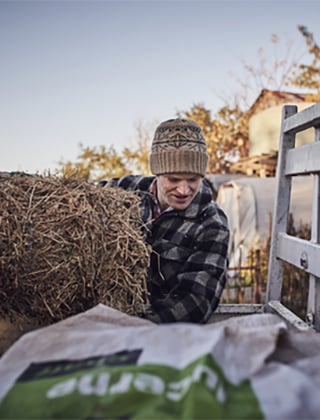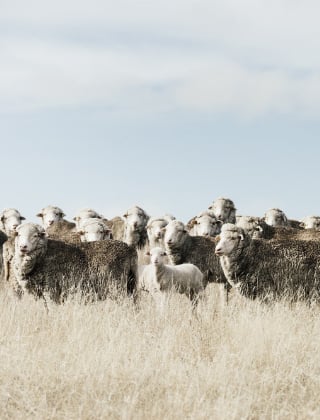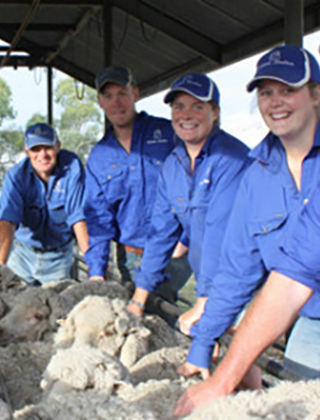Lambing
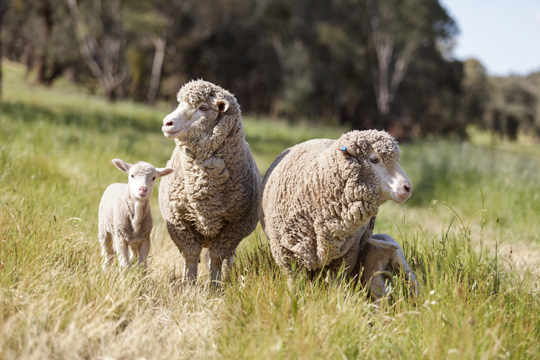
AWI provides woolgrowers with new tools, information and skills to increase the number of lambs weaned across wool-growing flocks.
Lifting lamb survival is a key priority for the Australian wool industry and offers welfare, profitability and sustainability benefits. Merino producers need to aim for lamb survival better than 90% in single lambs and 70% in twins.
Meeting the nutritional requirements of ewes from late pregnancy through to lactation is a key determinant of lamb survival. Providing shelter, controlling predation and infectious disease, and reducing mob size at lambing also play a role in improving survivability of lambs and ewes.
AWI has funded several key projects and extension resources to help producers implement best practice management for lambing. Current guidelines specify that improving lamb survival is achieved by:
- Pregnancy scanning for multiples
- Differentially managing the nutrition of single-bearing and twin-bearing ewes
- Monitoring ewe condition score
- Assessing feed on offer and pasture quality
- Providing shelter within available lambing paddocks
- Allocating twin-bearing ewes to the best available paddocks
- Reducing mob size at lambing, especially for twin-bearing ewes
- Controlling for predation and infectious disease
AWI & MLA PREGNANCY SCANNING RESOURCES
Recently concluded AWI and MLA research found an average increase in profit of $5.55 per ewe when scanned for multiples and that information is used for management decisions. Pregnancy scanning is an essential tool for improved ewe and lamb survival, so AWI and MLA have released new resources for sheep producers to get the most out of pregnancy scanning. Check them out below.
The value of pregnancy scanning
The results are in! Pregnancy scanning is an essential tool for improved ewe and lamb survival. Scanning has a high return on investment when the information from scanning is used to make selection decisions and optimise nutrition.
A benefit-cost analysis (BCA) has demonstrated that scanning for multiples returns an average profit of $5.55/ewe and scanning for only pregnancy status returns $2.65/ewe.
Ewe scanning and management checklist
An easy-to-use checklist for ewe scanning and management from joining to lambing.
The checklist includes tips and tricks for getting the most out of your scanner.
Pregnancy scanning: an ultra-sound investment
Do you want to get the most out of your scanning results? Not yet scanning and want to know what all the fuss is about?
This resource contains the most up-to-date benefit-cost analysis (BCA) for pregnancy scanning and a checklist to keep on track with key dates and opportunities in the reproduction calendar.
Resource guide for sheep reproduction
This handy collection of AWI and MLA resources, tools and workshops provides producers and advisors with key information for all stages of the sheep reproduction cycle.
Many of the resources are available to download directly by clicking on their title or scanning the QR code, and most can be ordered in hard copy by contacting AWI or MLA.
The value of pregnancy scanning report – BCA methodology
A benefit-cost analysis (BCA) has demonstrated that scanning for multiples returns an average profit of $5.55/ewe and scanning for only pregnancy status returns $2.65/ewe.
Read more on the methodology used in the modelling, including the regions and time of lambing.
AWI Extension NSW and AWI Leading Sheep pregnancy scanning webinars
Part 1: Scanning: an ultra-sound investment
Delivered by Dr Sue Hatcher from Makin’ Outcomes, this webinar covers the AWI and MLA pregnancy scanning resources, the value of scanning with insights from a benefit-cost analysis, and making data-driven management and selection decisions.
Part 2: I have my scanning results – what now?
Delivered by Josh Cousins, Cousins Merino Services, this webinar explains how to best prepare your sheep for scanning to enable optimum information capture (think accuracy and a smooth scanning process). Josh discusses how to manage the data you capture to provide productivity gains in your flock – with one, or more, years' worth of data.
LAMBING PLANNER
The Lambing Planner app and paper-based tool are useful for setting out your reproductive calendar.
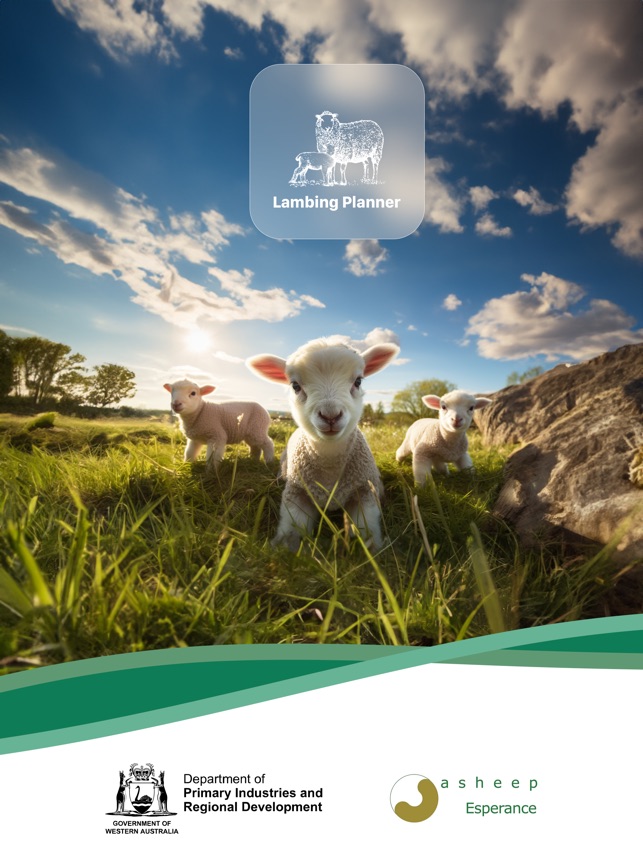
The Lambing Planner tool allows you to select a joining date and from that point, gain a series of guidelines and recommendations throughout the year, including the use of teasers, ram preparation, joining ratio, ewe feed requirements and the timing of worm egg counts and lamb vaccinations.
To receive a free hard copy of the Lambing Planner tool, call the AWI Helpline on 1800 070 099.
The Lambing Planner app is available at no charge on the App Store or Google Play.
AWI CHANGE MAKERS
AWI Change Makers is a seven-part video series centred around sheep reproduction.

Watch the AWI Change Makers video series
Tune in to hear leading livestock consultant, Nathan Scott, demonstrate a range of practical ways growers can influence sheep reproduction with the latest research and tools informed by the AWI-funded research and development outcomes.
Current and recent projects
Increasing lambing percentages through better use of pregnancy scanning technology
Take a deeper dive into the results of the four-year project, from which the above pregnancy scanning resources were developed. The project was undertaken by the University of Adelaide and was co-funded by AWI and MLA.
National Lambing Density Project
A project undertaken by Murdoch University and supported by AWI and MLA quantified the effects of mob size and stocking rate on lamb survival and provided some more credible recommendations for allocating ewes to mobs and paddocks at lambing. It found, on average, that the survival of single- and twin-born lambs decreased by 0.85% and 2.25% per additional 100 ewes in the mob at lambing, regardless of Merino or non-Merino breed. The stocking rate of ewes at lambing did not affect lamb survival.
Implementing reduced mob sizes at lambing may require temporary or permanent fencing of paddocks, however a cost-benefit analysis shows that reducing mob size is justified even where paddocks require subdivision.






